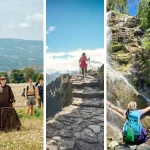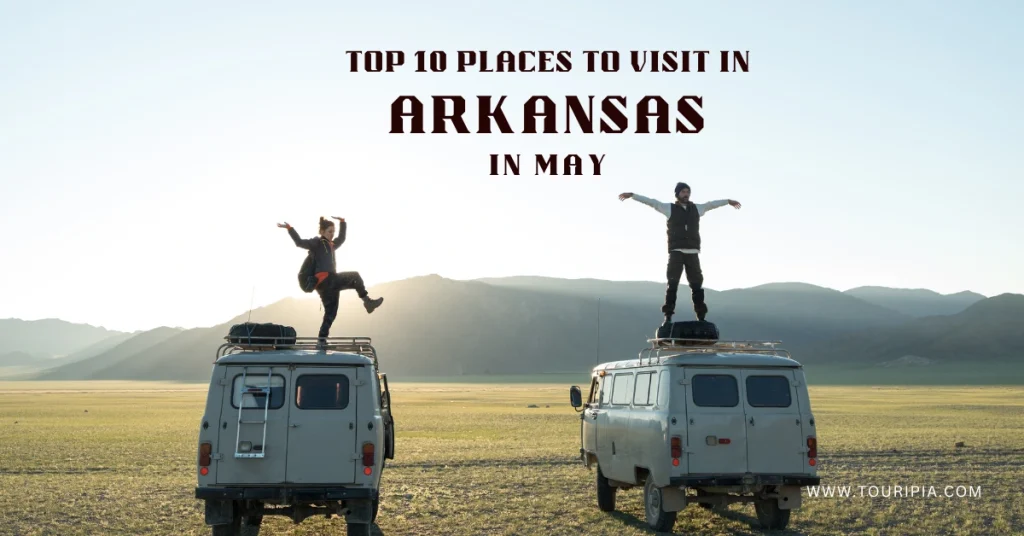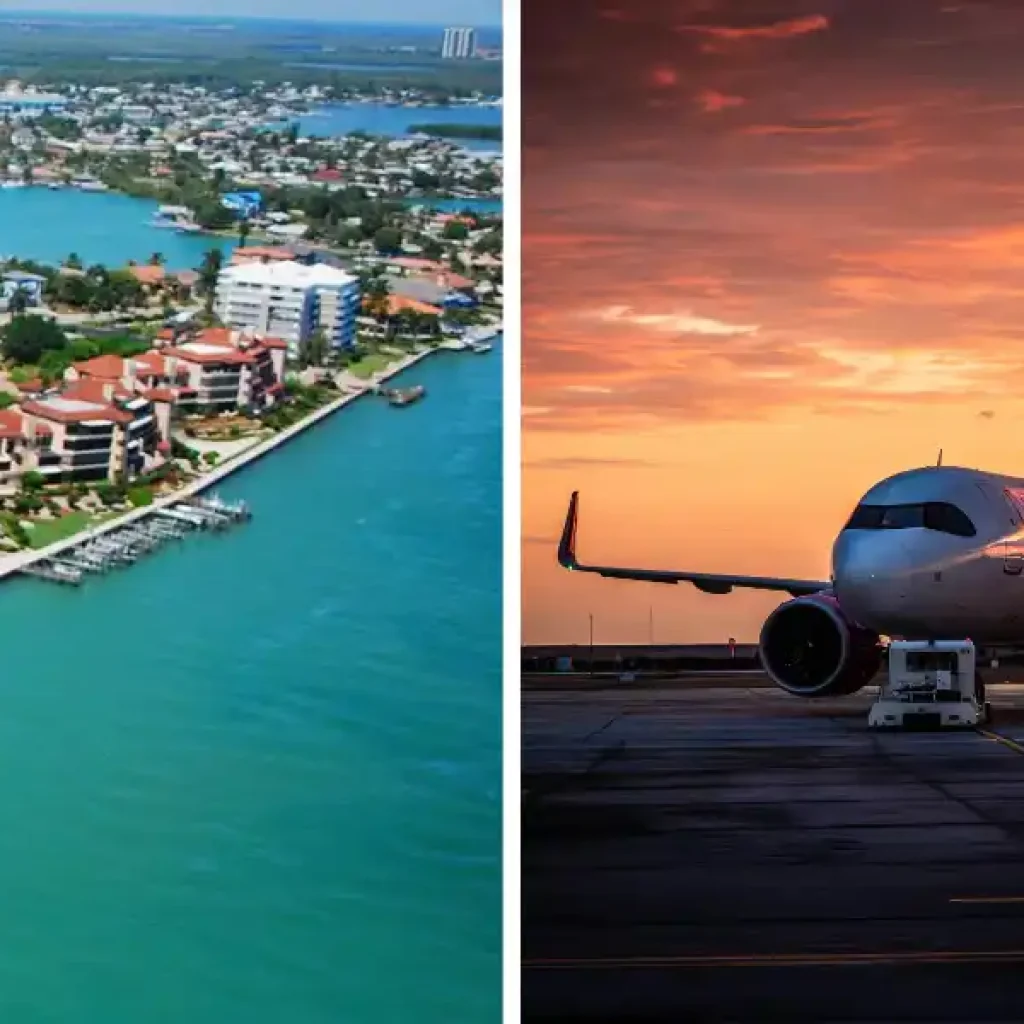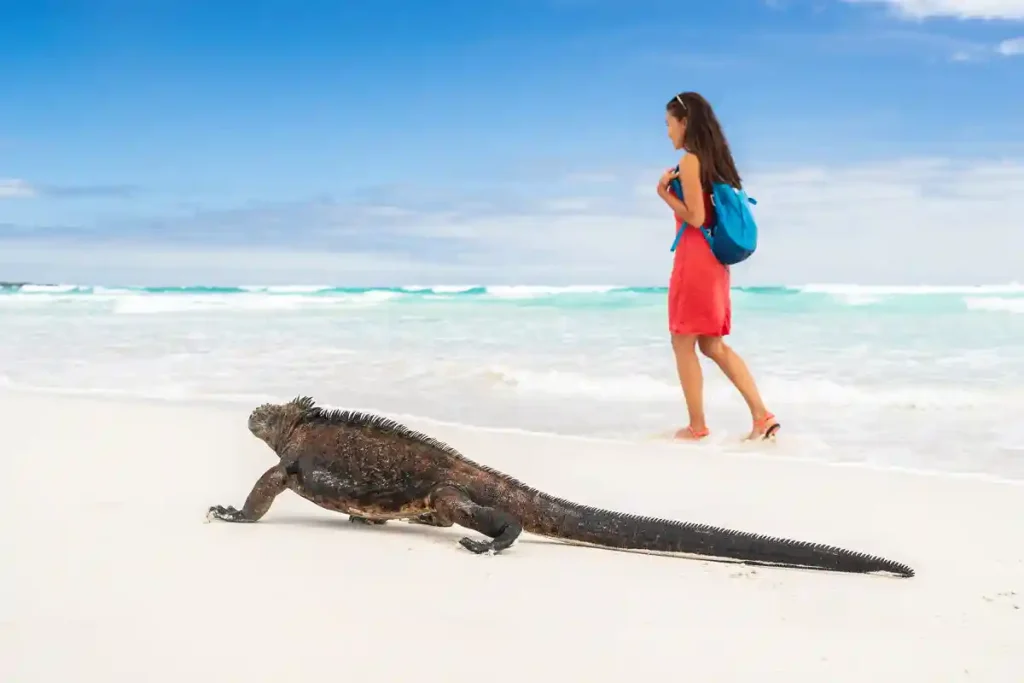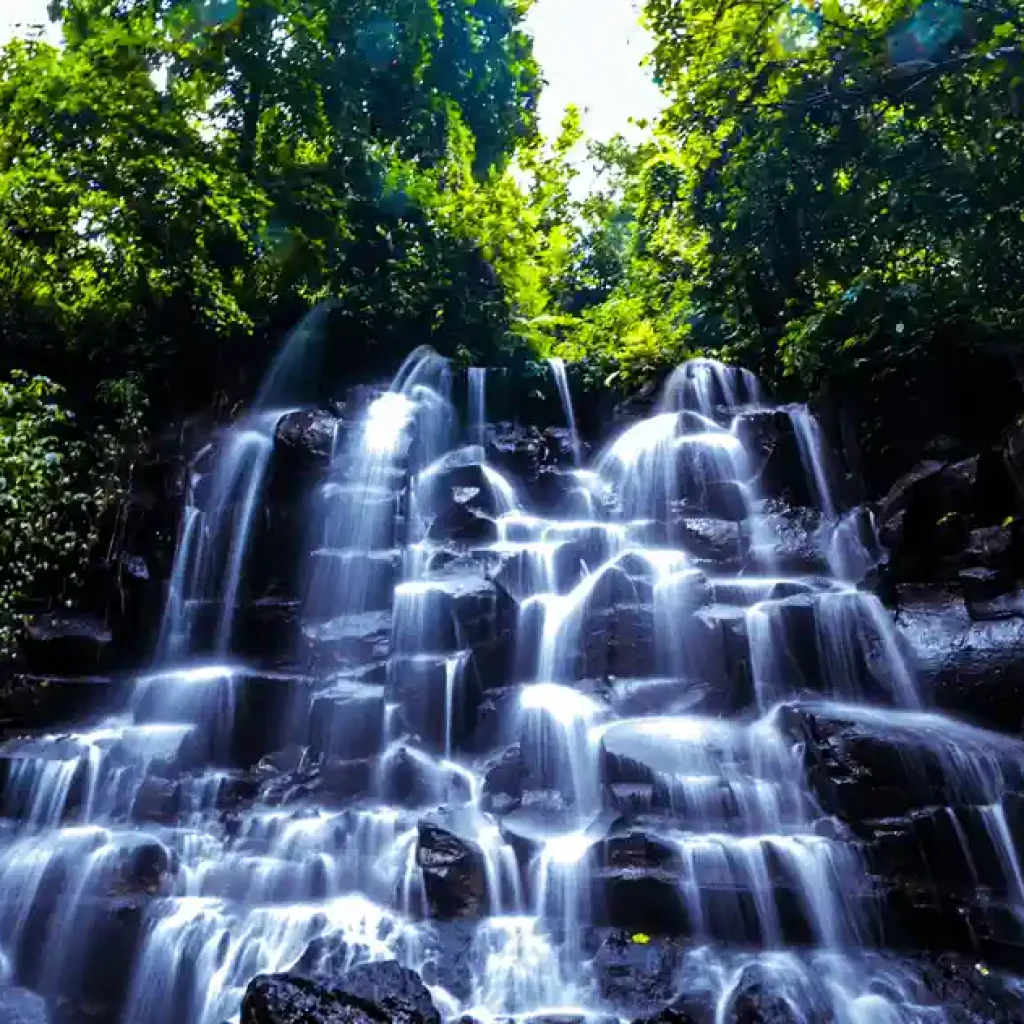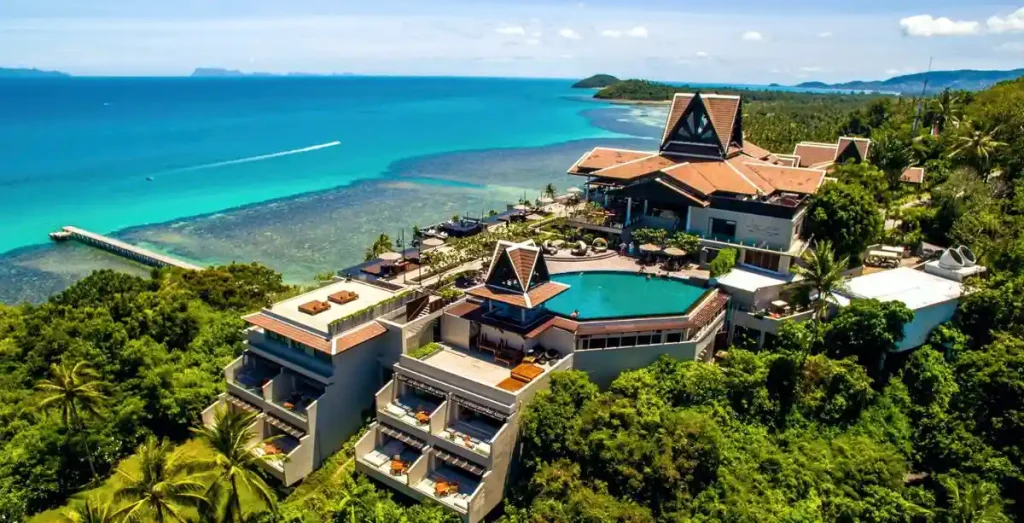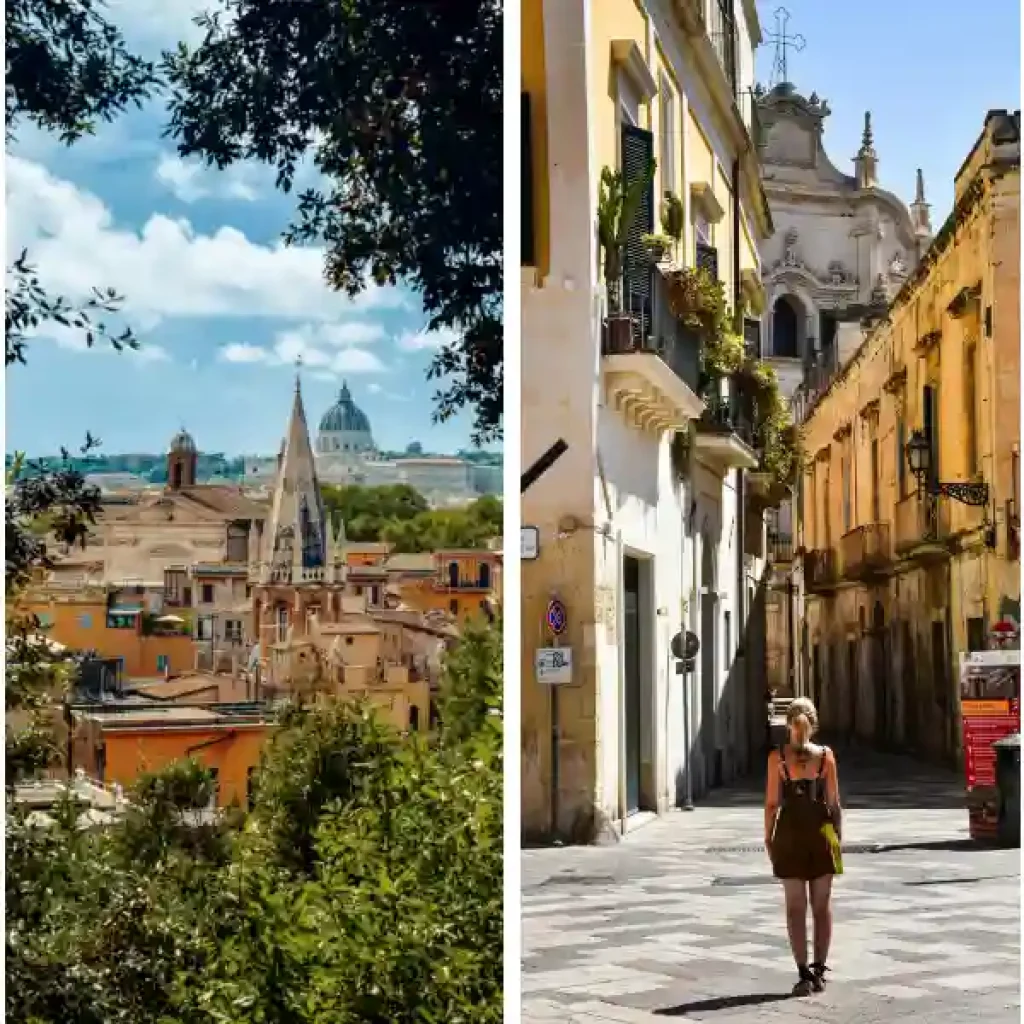7 Best Beaches in Guatemala for Sun, Surf, and Serenity (2025 Edition)
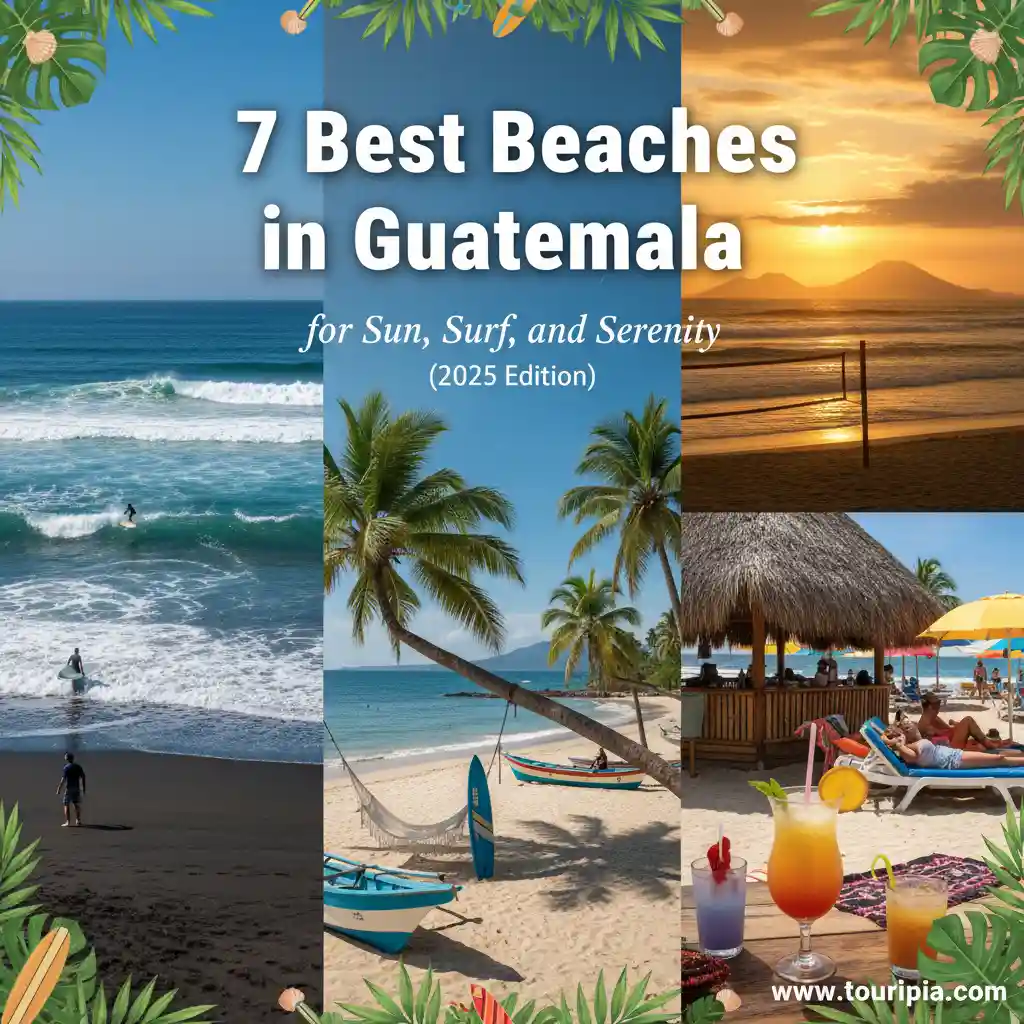
Guatemala isn’t known for its beaches—but it should be. With both Pacific and Caribbean coasts tucked into its borders, this small Central American country hides surprises: black volcanic sands, calm palm-fringed coves, and remote reserves few outsiders know.
In this guide, you’ll discover the best beaches in Guatemala—from surf towns to nature refuges—along with practical travel tips, hidden gems, and route ideas to help you plan a coast side escape that’s authentically Guatemalan.
Expect to read about wild Pacific surf breaks, serene Caribbean beaches reachable only by boat, and even inland “beach” alternatives. We’ll also tackle logistics, safety, and how to make your trip smooth.
Whether you’re chasing waves, wildlife, or just a perfect place to unplug, this is your 2025 roadmap to Guatemala’s shores.
Beaches in Guatemala & It’s Coastline at a Glance

Guatemala’s seaside identity is surprisingly diverse. Along the Pacific Coast, you’ll find dramatic black sands and powerful surf breaks.
On the Caribbean coasts, calm bays, mangrove forests, and deep Garifuna culture dominate. Then inland, there are fresh-water “beach” escapes by Lake Atitlan and Lake Izabal that feel like a boat ride from the highlands.
Here’s a quick mental map:
- Pacific side: rugged, volcanic, surf-friendly, more accessible by road.
- Caribbean side: boat access, nature reserves, tranquil waters.
- Inland alternatives: lakefront stretches that double as restful beach days.
This mixed geometry gives you flexibility: if rough seas close down one coast, you may still salvage a quiet swim elsewhere. Let’s dive deeper into 7 of the most amazing beaches in Guatemala and what each coast offers.
The Pacific Coast – Wild Waves & Black Sands
1. El Paredón – Surf Capital & Nightlife Vibes

El Paredón is arguably the most famous of Guatemala beaches on the Pacific coast. Its black-sand beaches shape the coastline, and the consistent surf draws both beginners and seasoned surfers. In recent years, surf camps, beach yoga, and bonfire evenings have boosted its appeal.
It sits about 2 to 3 hours from Guatemala City or Antigua, with shuttle services or chicken buses available. For a traveler chasing waves or casual nightlife, El Paredón is a must.
2. Monterrico – Black Sand Meets Turtle Conservation

Monterrico is better known among locals, with deep black sands and a strong environmental vibe. The tortugarios (turtle hatcheries) here host nightly hatchling release events (typically August to December).
Monterrico’s beach town atmosphere is relaxed, with simple guesthouses and beachfront bars. Swimming can be risky due to strong currents—stay near the shore and heed local advice.
3. Puerto San José & Iztapa – Fishing Adventures

Puerto San José is the closest beach to Guatemala City that mixes beach access and port activity. The Pacific coast of Guatemala hosts some of the world’s better sport fishing spots, especially sailfish out of Iztapa.
Combine a beach day with a charter: catch sailfish before sunset, then unwind on the black sand beneath palm fronds.
4. Playa Las Lisas & Playa Tilapa – Quiet Pacific Escapes

If you want a more remote, slow-paced day, head to Playa Las Lisas or Playa Tilapa. These Guatemala beach towns are rustic, quiet, and perfect for travelers who prefer fewer crowds.
Expect basic lodging, home-cooked food, and long walks on volcanic sand at sunset.
The Caribbean Coast – White Sands & Hidden Paradises
5. Playa Blanca – Postcard-Perfect Caribbean Beach

Playa Blanca is one of the few white-sand oases in Guatemala, reached via boat from Puerto Barrios or Livingston. The calm waters make it ideal for families or relaxing days. No large resorts here—beachgoers rely on rustic beach shacks and vendors for food.
Its privacy and softness of sand makes it stand out—think palm palms swaying, turquoise waters, and quiet corners to sunbathe.
6. Punta de Manabique – Untouched Natural Reserve

Punta de Manabique is a narrow peninsula off the Guatemalan Caribbean Coast, largely preserved as a nature reserve. Mangrove creeks, wildlife, and limited human presence define this stretch.
Boat tours depart from Puerto Barrios, and visitors may snorkel, spot dolphins, or explore trails. If you crave isolation and nature over beach bars, this is your pick.
7. Livingston & Puerto Barrios – Culture & Coastal Charm

Livingston offers lively Garifuna culture—music, seafood, dance—and acts as the gateway to Playa Blanca and Punta de Manabique.
Puerto Barrios, meanwhile, is the main port town on Guatemala’s Caribbean flank. Some beach resorts and guesthouses operate here, and it’s your base for boat excursions. You’ll likely transit through Puerto Barrios en route to remote spots, so it pays to stay overnight and enjoy coastal charm.
Inland “Beach Alternatives”
✔ Lake Atitlán – Natural Reserves & Swimming Spots

Not technically a sea coast, but Lake Atitlán is one of Guatemala’s top destinations for a “beach-like” vibe. Around villages like San Marcos and Santa Cruz, small swimming spots line the shore.
The Cerro Tzankujil Nature Reserve is especially popular—cliff jumps, crystal-clear water, and peaceful lakefront lounges.
Here you also find eco-lodges, yoga retreats, and café culture, blending lake adventure with serenity. It’s not the ocean, but it has the same rejuvenating spirit.
✔ Lake Izabal & Playa Dorada – Golden Sands by Freshwater

For locals, Lake Izabal offers a family-friendly weekend destination. Just outside, Playa Dorada translates to “Golden Beach,” and it’s exactly that—sandy shores with warm freshwater waves. Families gather with picnics, hammocks, and barbecue setups.
Nearby, you can branch out to the Rio Dulce region or the waterfalls at Los Siete Altares, making this area a great combination trip.
Activities Beyond Sunbathing
✔ Surfing & Paredon Surf
If surfing tops your list, El Paredón is king. Local surf schools like Paredon Surf teach beginners, while seasoned riders chase consistent breaks. Monterrico also has waves, but the currents can be unpredictable—El Paredón remains the safe bet for lessons and gear rentals.
✔ Sport Fishing & Deep Sea Charters
Guatemala has earned the nickname “Sailfish Capital of the World.” From Iztapa and Puerto San José, anglers launch into the Pacific Ocean to chase sailfish, marlin, and dorado. Experienced captains run deep sea fishing charters for half or full days. Even if you’re not fishing, it’s worth joining to glimpse the vast ocean horizon.
✔ Wildlife & Marine Life Encounters
Along the Guatemalan Caribbean Coast, eco-trips include spotting manatees, dolphins, and coastal birds. The rich marine life around Punta de Manabique makes snorkeling or kayaking through mangrove trees both adventurous and peaceful.
✔ Nature Reserves & Turtle Hatchlings
Monterrico’s turtle release programs remain unforgettable—seeing hatchlings scurry to the sea at sunset connects travelers to conservation. Pair that with a day kayaking through mangrove-lined canals, and you’ve gone beyond just sunbathing.
Planning Your Guatemalan Beach Trip

✔ Best Time to Visit
The dry season, November to April, is peak time for beaches in Guatemala. Days are sunny, seas calmer, and roads more reliable.
Turtle nesting and hatchling releases at Monterrico happen between August and December, making it another rewarding season if you don’t mind some rain.
✔ Where to Stay – Resorts, Budget, and Eco-Lodges

Options vary: in El Paredón, surf hostels and boutique guesthouses dominate; in Livingston or Puerto Barrios, you’ll find simple beach resorts and guesthouses. Eco-lodges by natural reserves like Punta de Manabique or Lake Atitlán are perfect for slow travel.
✔ What to Pack
Pack lightweight clothes, reef-safe sunscreen, and sandals for hot sand. Bug spray is a must, especially along mangroves. Surfers should bring rash guards, and families might consider portable shade. A dry bag for boat trips makes life easier.
✔ Getting Around
On the Pacific side, buses and shuttles run from Antigua and Guatemala City. For the Caribbean, tour groups or private boats from Puerto Barrios are essential. Always check currents before swimming, and in remote towns, carry cash since ATMs aren’t reliable.
Responsible & Safe Travel Tips
Visiting the Pacific coast of Guatemala or the Caribbean shores means embracing fragile environments. Always follow Leave No Trace principles: avoid littering, don’t disturb nesting sites, and respect local communities.
If you join turtle programs in Monterrico, keep a respectful distance—guides will explain proper etiquette during hatchling release events. Flash photography or handling turtles is discouraged.
Support local economies: eat at family-run comedores, book small eco-lodges, and purchase crafts directly from artisans. In places like Livingston and Puerto Barrios, this sustains Garifuna culture and fishing families.
On safety, currents along black sand beaches can be strong. Swim near locals or avoid deep water if unsure. In ports like Puerto Quetzal, stay aware of belongings but don’t be overly anxious—Guatemala is welcoming when you use common sense.
Final Thoughts
Guatemala’s coastline may not be the first thing travelers think of, but that’s the beauty of it. From wild volcanic stretches to white-sand Caribbean hideaways, the best beaches in Guatemala combine natural diversity with cultural depth. Add in freshwater escapes at Atitlán and Izabal, and you’ve got a beach trip that feels unique in Central America.
So, whether you’re chasing waves, fishing for sailfish, or simply watching the sun sink into the horizon, Guatemala’s shores are ready to surprise you. Make space in your itinerary—you won’t regret it.
Frequently Asked Questions
1. Does Guatemala have good beaches?
Yes. Though not world-famous like Mexico’s coasts, Guatemala’s beaches offer variety—from surfing hubs on the Pacific Coast to calm white-sand coves like Playa Blanca Guatemala on the Caribbean.
2. Can you swim at Guatemala’s beaches?
Yes, but exercise caution. Some black-sand beaches like Monterrico have strong riptides, while Playa Blanca and parts of Izabal Lake are calm and safe for families.
3. Which side is better: Pacific or Caribbean?
The Guatemalan Caribbean Coast is calmer and culturally rich, with Garifuna music and food. The Pacific side is wilder—great for surfers and adventurers seeking Black volcanic sand landscapes.
4. Is $100 a lot in Guatemala?
Yes—it can cover a couple of nights in budget lodging, meals, and transport. A beach day with snacks, boat transport from Punta Gorda to Livingston, and drinks could cost less than $30.
5. What’s the best time to see turtles in Monterrico?
From August through December, when conservation groups coordinate hatchling release programs nightly.
6. How do you get to Playa Blanca or Punta de Manabique?
Both are accessible only by boat from Puerto Barrios. Visitors often arrange rides via local tour operators or hotels.
7. Are Guatemala’s beaches safe for solo travelers?
Yes, if you stay alert. Remote beaches like Punta de Palma or Playa El Mirador are peaceful but may lack infrastructure—travel with friends or organized groups if possible.
8. Can you surf in Guatemala?
Absolutely. El Paredón is the main hub, with surf schools and rentals available year-round.
Recent Posts
 20 Surreal Places in Mexico That Feel Too Dreamy to Be Real (2025)
20 Surreal Places in Mexico That Feel Too Dreamy to Be Real (2025) What Makes Santiago Ways the Most Trusted Camino Agency?
What Makes Santiago Ways the Most Trusted Camino Agency? What Makes Orbis Ways the Go-To Choice for Outdoor Travel Enthusiasts?
What Makes Orbis Ways the Go-To Choice for Outdoor Travel Enthusiasts? Holiday Party Planning 101: Why Transportation Should Be at the Top of Your List
Holiday Party Planning 101: Why Transportation Should Be at the Top of Your List A Complete Guide to Veneajelu – Types, Routes, Prices, & More
A Complete Guide to Veneajelu – Types, Routes, Prices, & More

